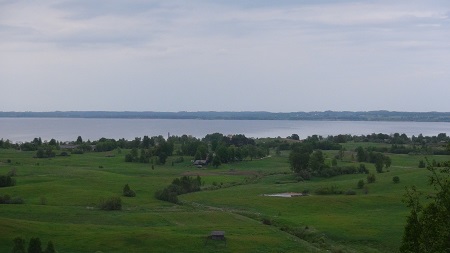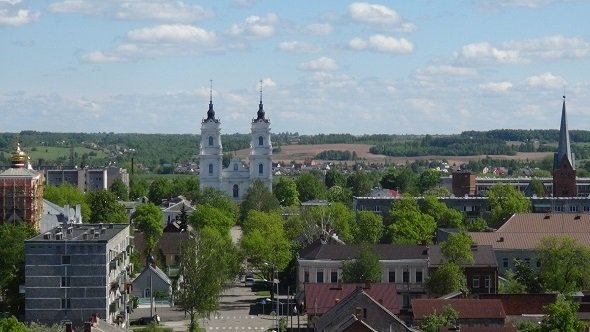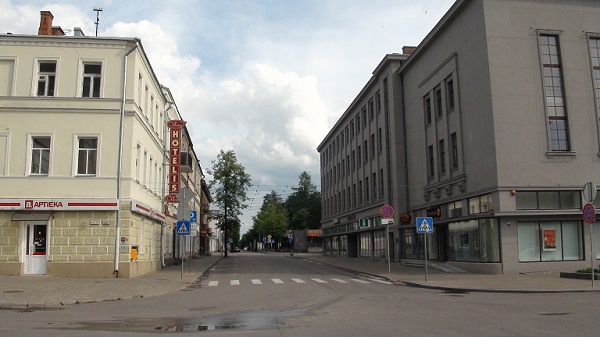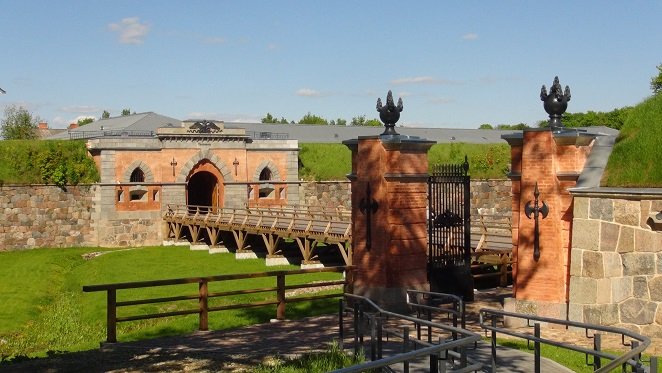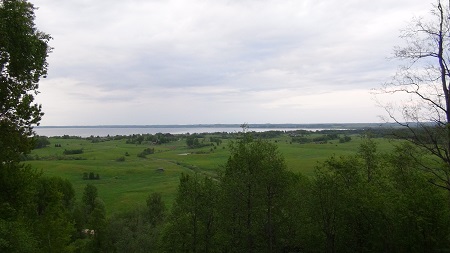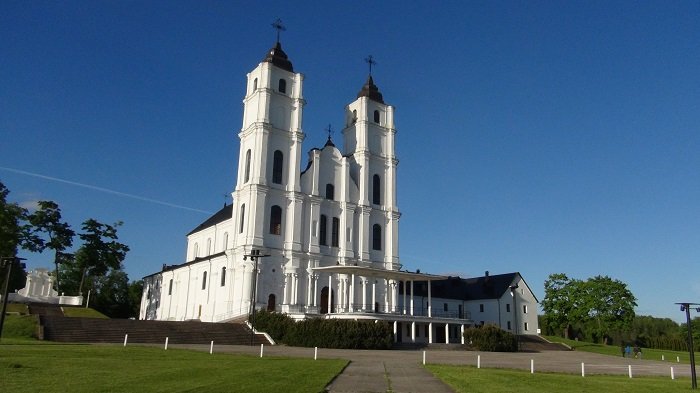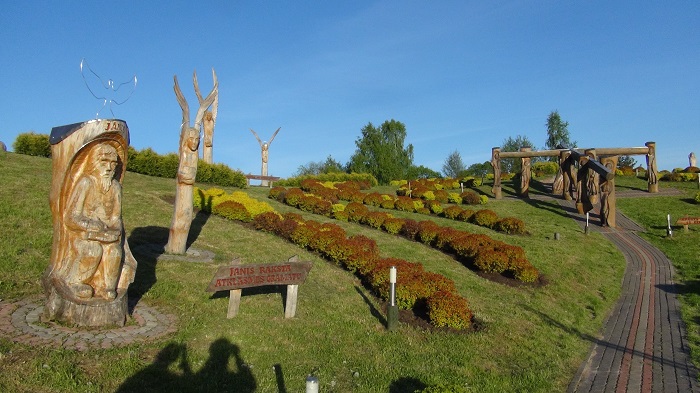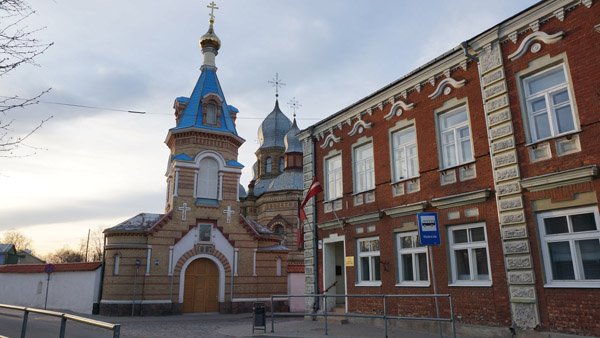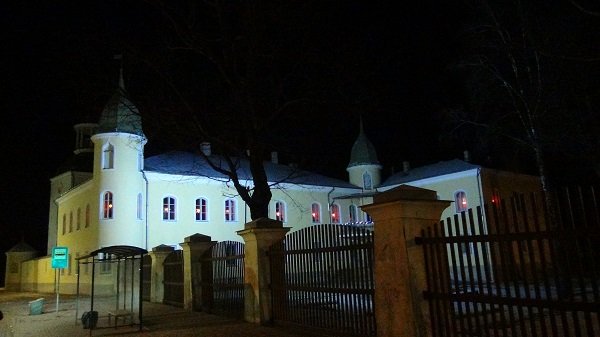Latgale (Eastern Latvia) is the least Latvian region of Latvia. Centuries of foreign (Russian and Polish) direct rule led to a great diversity of ethnic and religious communities here.
Today, Latvians make only 46,2% of the population, as there is a hundred thousands ethnic Russians (39%) as well as smaller historic minorities of Poles (in southern Latgale, 6,9%), Belarusians (in eastern Latgale, 5%) and Jews (in Latgalian towns, 0,1%). Cities are multiethnic in all Latvia, but Latgale alone also has minority-majority villages.
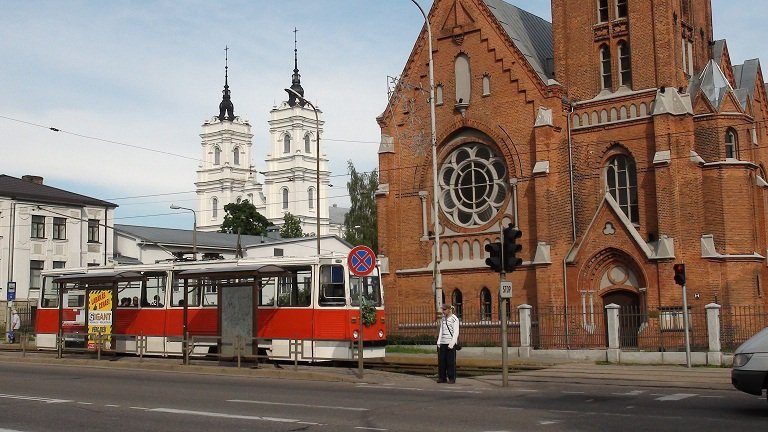
Even the Latvians of Latgale are different from those of all other regions, however, speaking a unique Latgalian dialect some consider to be a separate language altogether.
Moreover, unlike the rest of Latvia, Latgale has a Roman Catholic majority as it was influenced by Polish and Lithuanian thought. Aglona (the main Catholic pilgrimage site in Latvia) is located in Latgale, as are multiple old white Baroque churches funded by the Polish-Lithuanian nobility.

Still, the region is extremely heterogeneous religiously with most towns having as many as four small old churches rather than a single large one. In addition to the Lutheran and Catholic there are also Orthodox and Old Believer ones, catering to the Russian community.
While the Russian Orthodox people are mostly Russian Imperial and Soviet settlers, the Old Believer community dates to the 18th century when they came as refugees (fleeing persecutions in Russia for their “schismatic” faith).
Daugavpils (pop. 100 000) is the largest city in Latgale. Predominantly Russian-speaking, it is famous for its military heritage with an entire 19th-century fortress surviving in a pretty good shape.
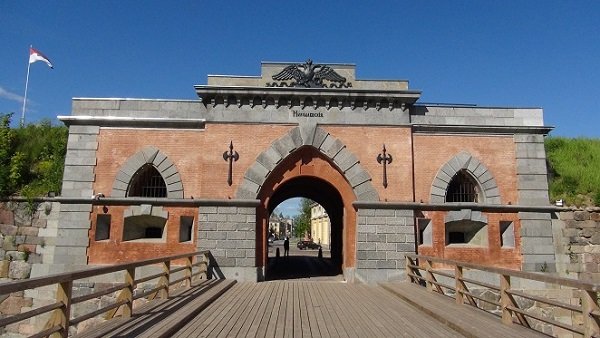
Rēzekne (pop. 30 000) is considered to be the capital of Latgale but it has been greatly altered by World War 2.
Some small towns with their glorious baroque churches and palaces (once funded by the local nobles) are of more interest. One example of such is Krāslava.
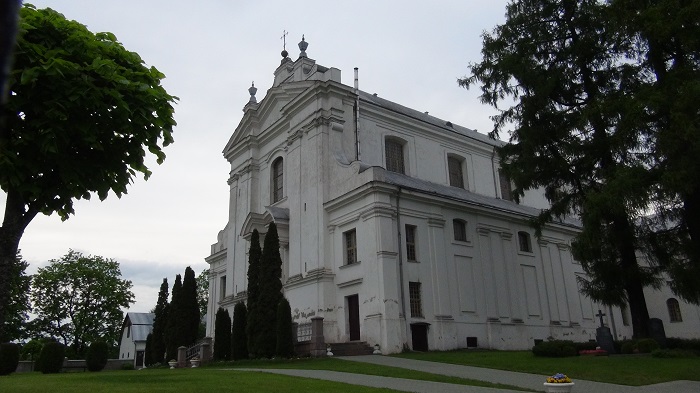
Equally picturesque is the string of Latgalian lakes. Lubāns is the largest one while Rāzna has the largest volume and is protected as a national park. Lakeside villages have tourist camps and hotels.
Today Latgale is considered to be Latvia’s poorest region and the average age is higher as many younger people have left. Latgale’s economic backwardness is nothing new and it dates at least to the 19th-century Russian direct rule. In the late 19th century, for example, merely 50% of Latgale’s population was literate, while in the rest of Latvia the rate stood at 90% at the same time.
